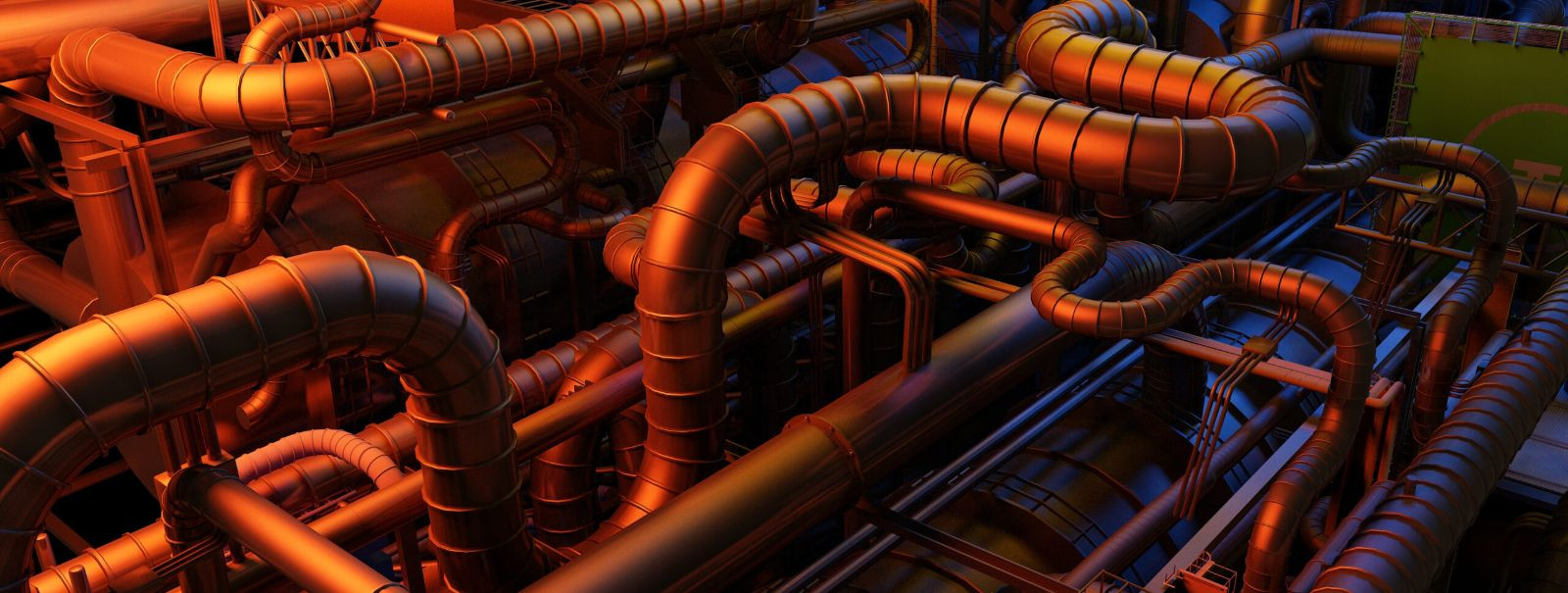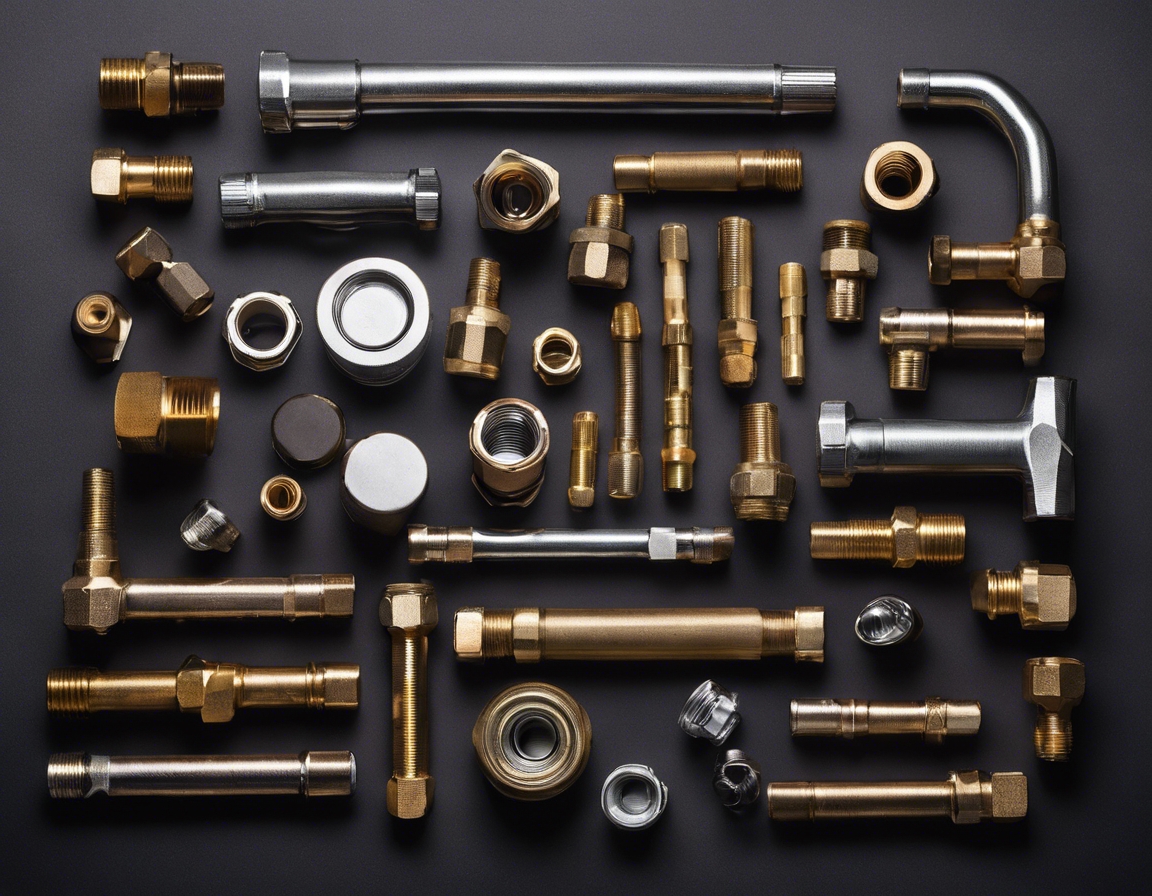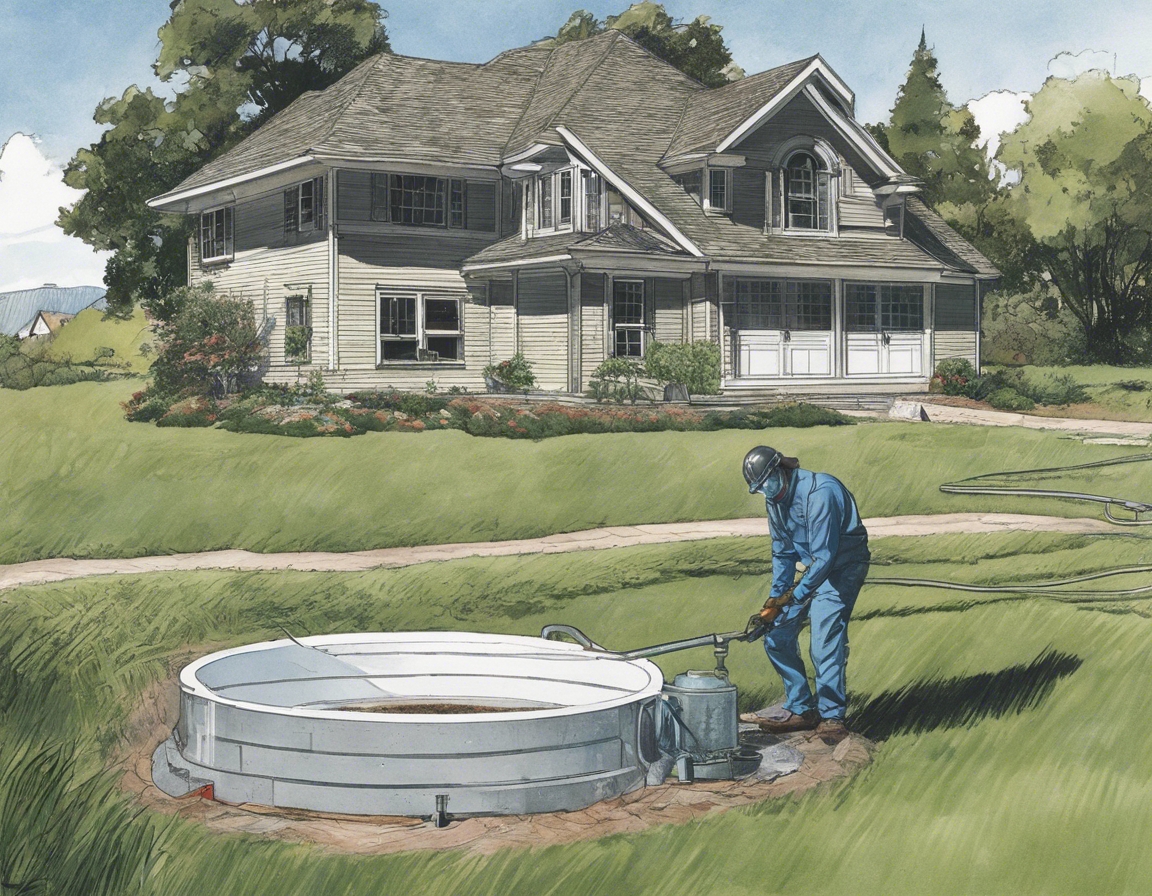How to choose the right radiator for your home
Central heating radiators are the most common type found in homes. They are connected to a boiler that circulates hot water through the system, providing consistent and controllable heat.
Electric radiators are ideal for rooms that require additional heating or are not connected to the central heating system. They are easy to install and can be controlled independently.
Hydronic radiators, similar to central heating systems, use hot water to heat the space. However, they can be connected to a renewable energy source, such as solar panels, making them a more sustainable option.
Designer radiators offer both functionality and style. They come in various shapes and sizes, allowing for a unique aesthetic that can complement your home's decor.
Assessing Your Heating Needs
To choose the right radiator, you must consider the size of the room and the heat output required. A simple calculation can help determine the BTU (British Thermal Unit) needed to adequately heat your space.
Well-insulated homes retain heat better and require less energy to stay warm. When selecting a radiator, consider the insulation level of your home to ensure you choose a model that is energy efficient.
Large windows or poorly insulated windows can lead to heat loss. It's important to factor in the size and quality of your windows when selecting a radiator.
Material Matters
Aluminum radiators heat up quickly and are lightweight, making them easy to install. They are a good choice for those who need rapid heating and cooling.
Cast iron radiators are known for their longevity and traditional appearance. They retain heat well, providing a steady warmth long after the heating source has been turned off.
Stainless steel radiators are durable and resistant to corrosion. They offer a modern look and are easy to maintain.
Style and Aesthetics
Today's radiators come in a variety of styles and finishes. Choose a radiator that matches your home's aesthetic to ensure it complements your interior design.
For smaller rooms or areas with limited wall space, consider vertical radiators or slimline models that can provide the necessary heat output without taking up too much space.
Installation and Maintenance
Professional installation is crucial for ensuring your radiator operates efficiently and safely. It's important to work with a reputable company that can provide expert advice and installation services.
Regular maintenance is necessary to keep your radiator in good working condition. This includes bleeding the radiators to remove air pockets and checking for any leaks or corrosion.
Environmental Considerations
Consider radiators that are made from recycled materials or have a lower environmental impact. Some models are designed to work efficiently with lower temperature systems, which can be paired with renewable energy sources.
Energy-efficient radiators can help reduce your carbon footprint and lower your energy bills. Look for models with high efficiency ratings and programmable features that allow for better temperature control.






Comments (0)